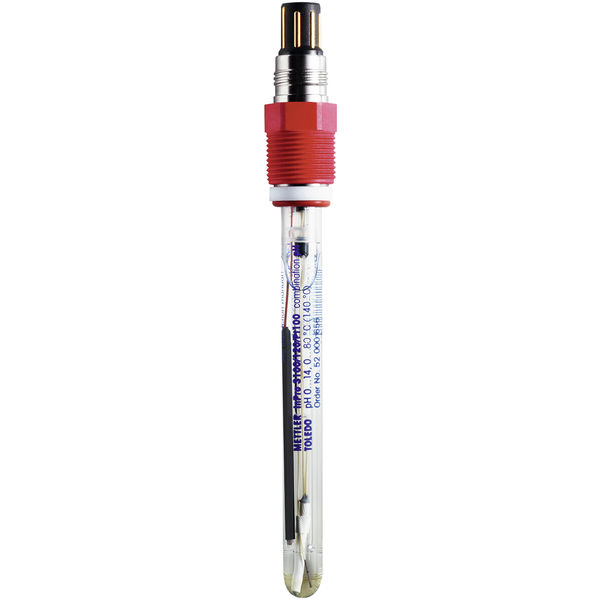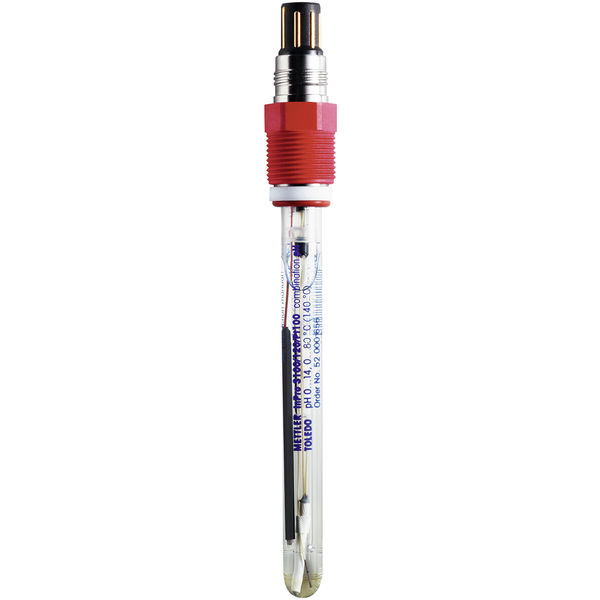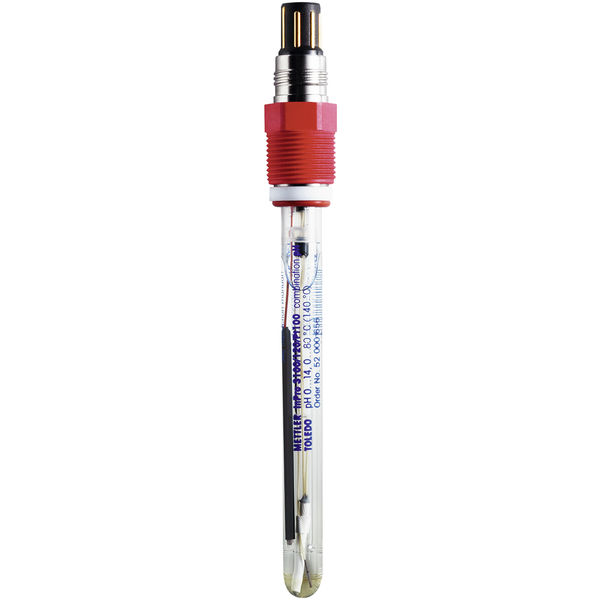
INPRO3100/120/PT100
L'InPro 3100 est une électrode de pH dotée d'une sonde de température, conçue pour les mesure dans les bioprocédés nécessitant des procédures NEP et SEP. La version 120 mm est optimale pour les petites longueurs d'installation.
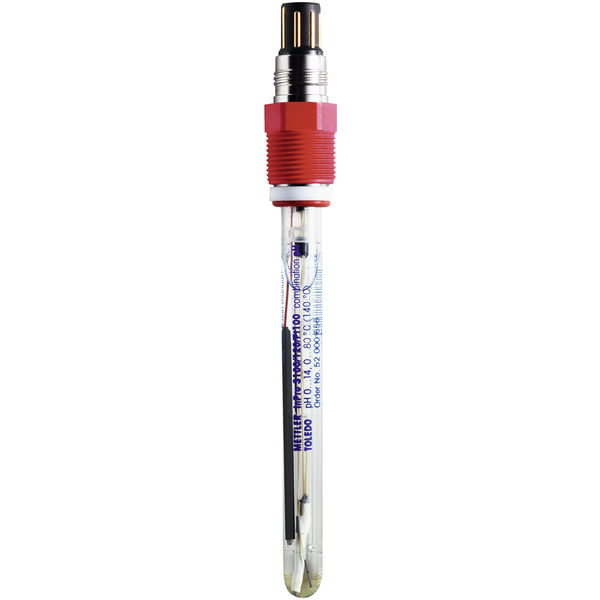
INPRO3100/120/PT1000
L'InPro 3100 est une électrode de pH dotée d'une sonde de température, conçue pour les mesure dans les bioprocédés nécessitant des procédures NEP et SEP. La version 120 mm est optimale pour les petites longueurs d'installation.
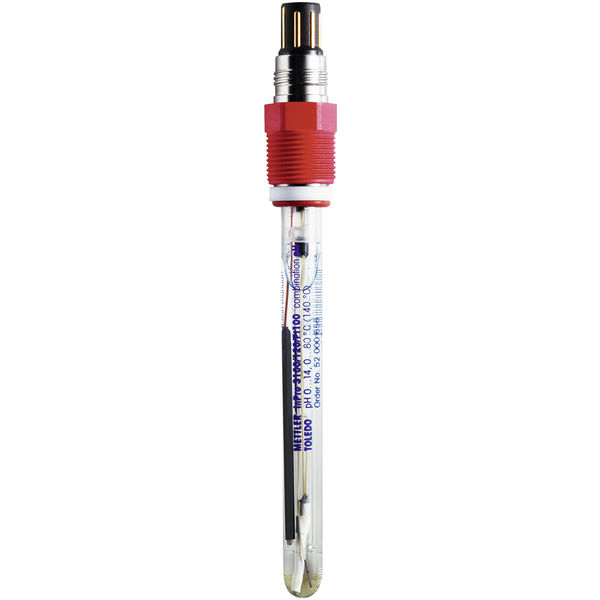
INPRO3100/150/PT100
L'InPro 3100 est une électrode de pH dotée d'une sonde de température, conçue pour les mesure dans les bioprocédés nécessitant des procédures NEP et SEP. La version 150 mm est optimale pour les longueurs d'installation courtes à moyennes.
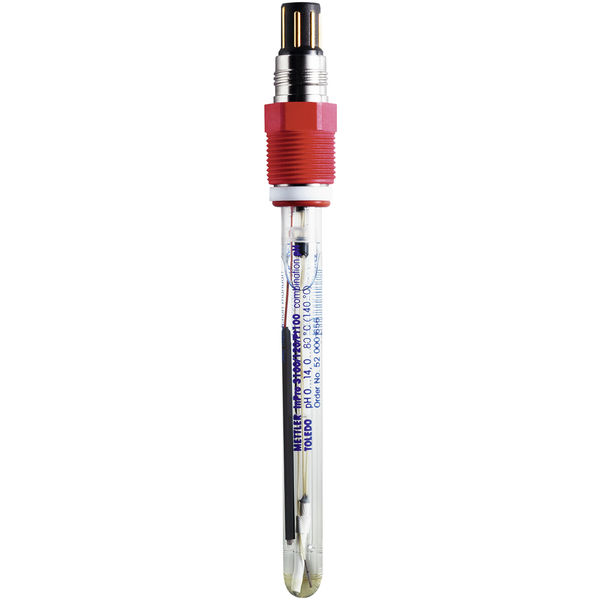
INPRO3100/150/PT1000
L'InPro 3100 est une électrode de pH dotée d'une sonde de température, conçue pour les mesure dans les bioprocédés nécessitant des procédures NEP et SEP. La version 150 mm est optimale pour les longueurs d'installation courtes à moyennes.
Unlock Service Excellence - Maximize Your Efficiency

